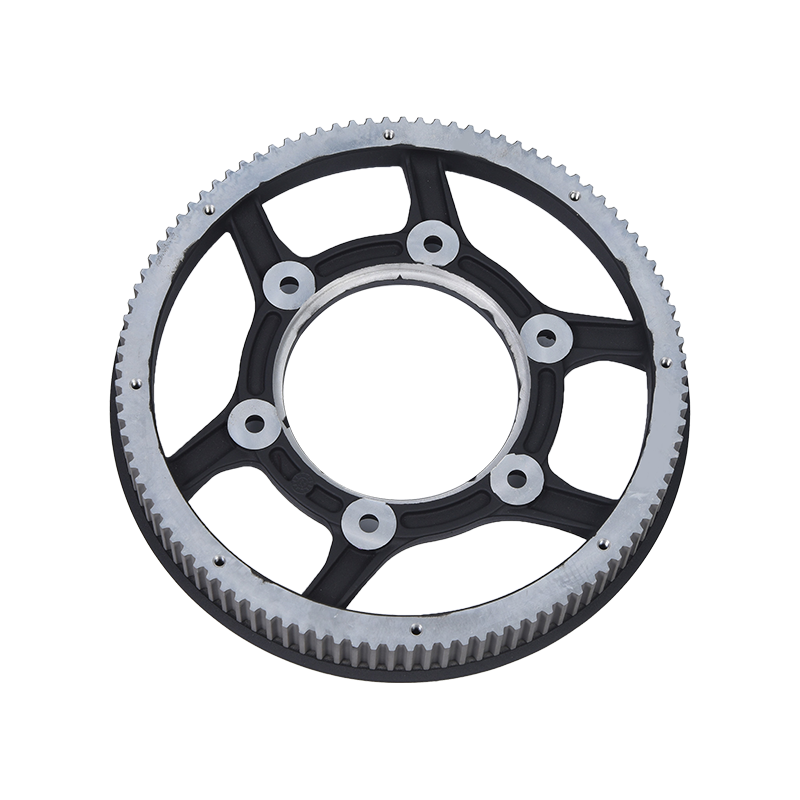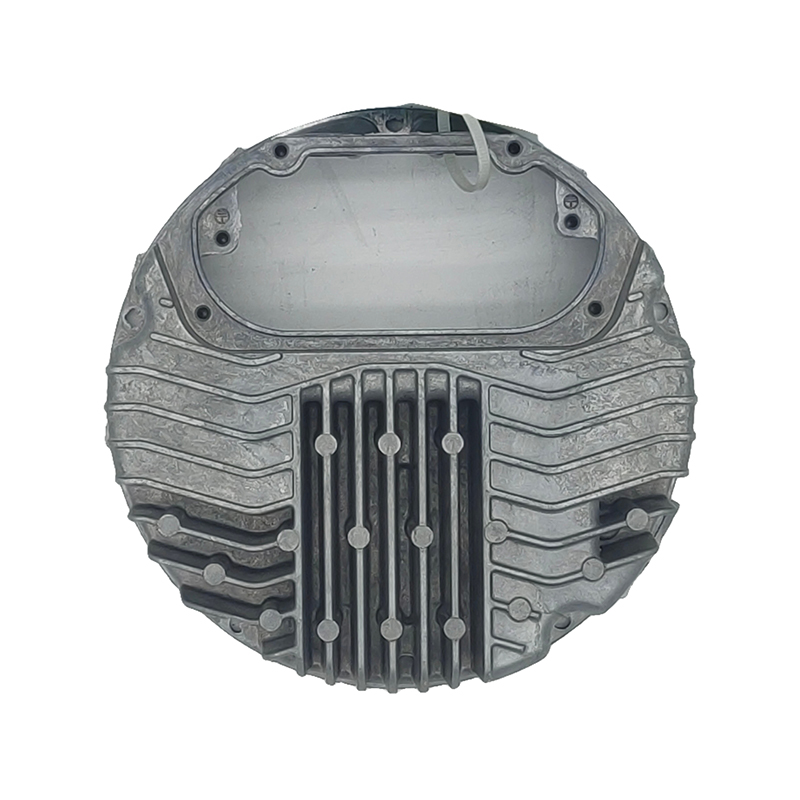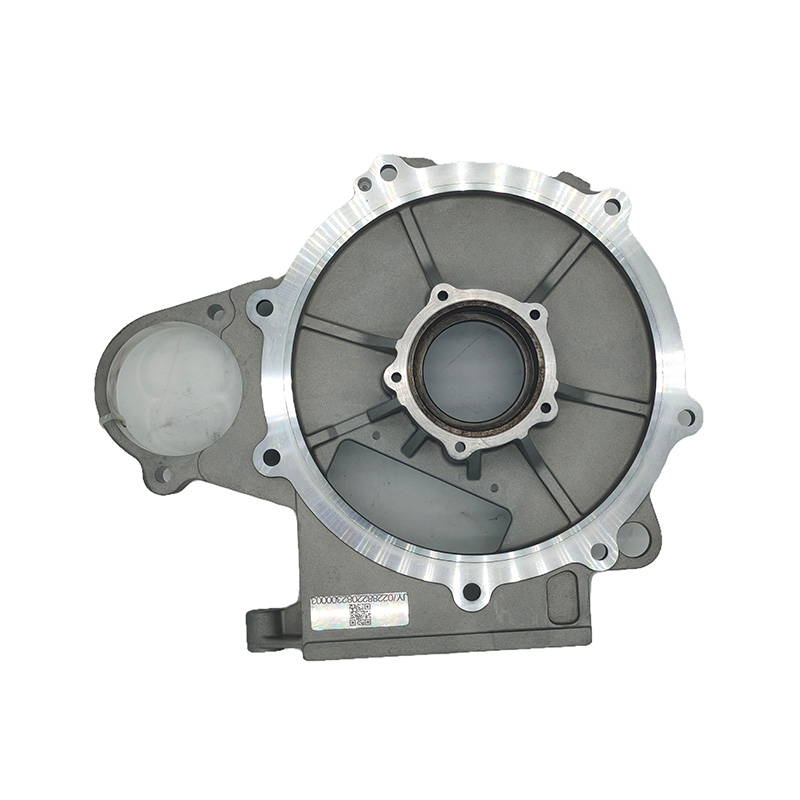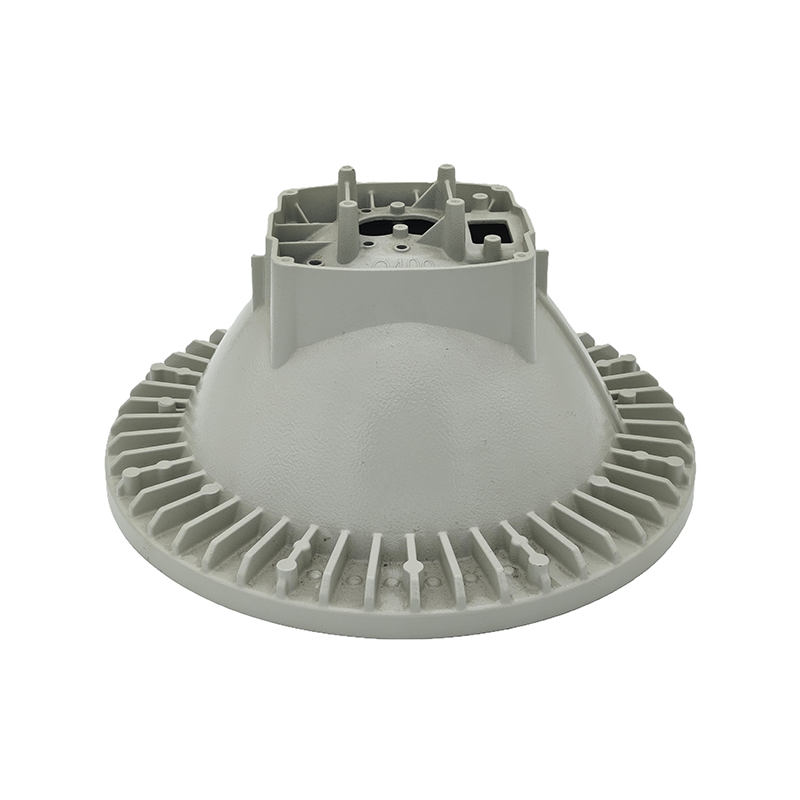In today’s rapidly developing e-bike industry, the power motor is the core of overall performance. Within the motor structure, Bicycle power motor die castings play a critical role. They not only affect power output but also determine heat dissipation, weight, and lifespan. Many may wonder: why are die castings essential for bicycle power motors?

Lightweight and Strength Balance
Material Advantages of Die Castings
In e-bike manufacturing, lightweight design is the key to improving range and riding experience. Die castings are usually made of aluminum alloys or magnesium alloys, both known for low density and high strength-to-weight ratio. Compared with traditional steel, these alloys significantly reduce the overall weight of the motor.
Impact on Riding Experience
A lighter motor improves overall bike handling, while also lowering energy consumption during rides. This not only extends battery life but also makes acceleration and climbing easier. Bicycle power motor die castings can integrate internal rib structures, achieving high strength while maintaining lightweight characteristics.
Material Performance Comparison Table
| Material Type | Density (g/cm³) | Strength | Suitability |
|---|---|---|---|
| Aluminum alloy die casting | 2.7 | High | Most common, balances performance and cost |
| Magnesium alloy die casting | 1.8 | Medium | Extremely light, but more expensive |
| Steel parts | 7.8 | Very high | Too heavy, unsuitable for bicycle motors |
As shown in the table, aluminum and magnesium alloys are clear winners in lightweight performance, making them the preferred choice for Bicycle power motor die castings.
Superior Heat Dissipation
Importance of Heat Dissipation in Motors
During high-power operation, motors generate significant heat. If not properly dissipated, this heat can damage windings and magnets. Prolonged high temperatures also reduce efficiency and shorten motor lifespan.
How Die Castings Help with Heat Dissipation
Die casting allows the motor housing to integrate heat sinks, reinforcement ribs, or airflow channels directly during manufacturing. Such one-piece designs greatly enhance heat conduction and cooling speed. Compared with welded or assembled parts, integrated die castings achieve much better thermal efficiency.
Real-World Applications
For example, some high-end e-bikes use housings with hollow heat-dissipation patterns, created in a single step through Bicycle power motor die castings. This ensures the motor remains stable even during long climbs.
High Precision and Complex Shapes
Precision Advantages of Die Casting
Motor components require high dimensional accuracy, otherwise issues like noise, vibration, or energy loss occur. Die casting can form complex housings in one step, with tolerances controlled to ±0.1mm or better.
Reducing Post-Processing Costs
Conventional machining requires multiple steps to achieve complex shapes. By contrast, die castings come out of the mold with most details finished, reducing both production cycle and processing costs.
Contribution to Efficiency
High-precision components mean less friction loss, translating into higher energy efficiency. Over time, this boosts the bike’s range significantly. In this respect, Bicycle power motor die castings offer an undeniable advantage.
Cost and Mass Production Advantages
Tooling Investment vs. Unit Cost
Although die-casting molds require a high initial investment, once mass production begins, unit costs drop dramatically. This makes die casting ideal for today’s fast-growing e-bike market.
Production Efficiency
Die casting allows for rapid one-step molding, enabling large-scale, assembly-line manufacturing. Compared with welding or machining, production efficiency increases by 30%–50%.
Market Competitiveness
For manufacturers, lower costs mean stronger price competitiveness and better value for customers. This is one of the main reasons why more companies adopt Bicycle power motor die castings.
Improved Overall Reliability
Corrosion Resistance
E-bikes are often exposed to outdoor environments with rain, dust, and humidity. Aluminum alloys used in die castings have natural oxidation resistance, effectively preventing corrosion.
Fatigue Resistance
Motors experience constant vibration and shock during operation. If parts lack sufficient strength, cracks or deformation may occur. Bicycle power motor die castings achieve high fatigue resistance through optimized alloy composition and integrated structural design.
Extended Service Life
High-quality die castings result in fewer failures and longer lifespans. For users, this means lower maintenance costs and a more reliable riding experience overall.

 English
English Español
Español Deutsch
Deutsch русский
русский







